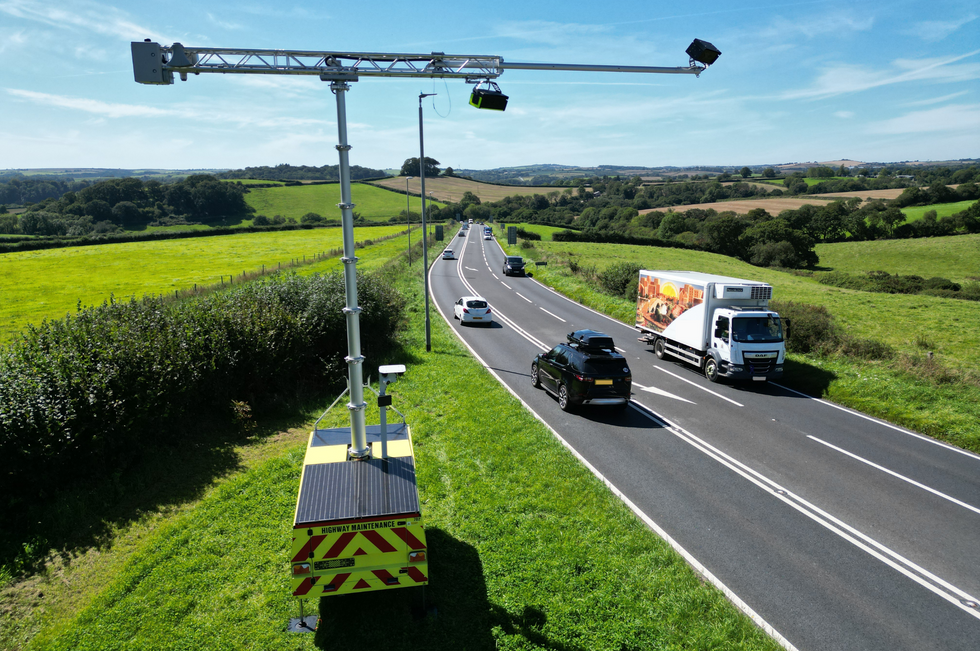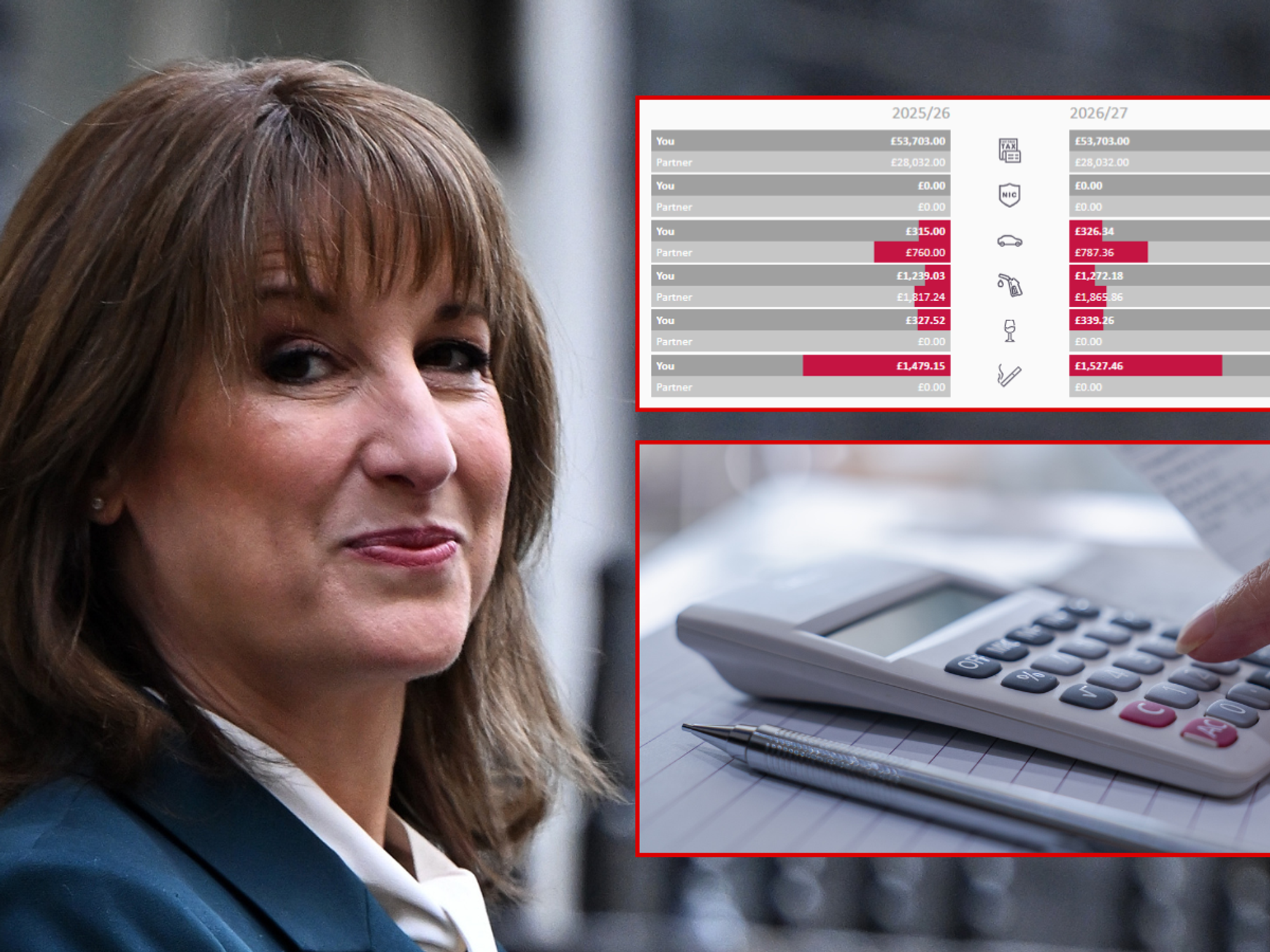Motorists could see new driving laws and speed limits introduced to tackle key road issue under new proposals

The Department for Infrastructure has unveiled plans to tackle noise pollution produced by vehicles
Don't Miss
Most Read
Latest
Motorists across Northern Ireland could soon face new rules designed to crack down on excessive traffic noise, under draft proposals.
The plans released by the Department for Infrastructure will see a public consultation opened until January 22, 2026, with the plan calling for tougher measures such as speed restrictions, travel-behaviour schemes and other interventions at noise-hotspot areas.
A DfI spokesperson said the department "must take noise exposure seriously, especially where residents have been living with high and persistent levels of disruption."
They added that the draft plan "sets out practical, achievable steps to help bring noise down in the worst-affected communities."
TRENDING
Stories
Videos
Your Say
The draft Roads Noise Action Plan 2023–2028 forms part of Northern Ireland's legal duties under the Environmental Noise Regulations.
Every five years, officials must re-map noise across the region and identify areas requiring action.
This latest round highlights 10 potential areas for action across Belfast, Ballymena, Banbridge, Broughshane, Dungannon, Newry, Newtownhamilton and Rathfriland.
Two Belfast locations have made the list including College Square East and surrounding streets, and Beersbridge Road.
According to the department, these areas show "very high, long-term noise exposure affecting a significant number of residents."
Outside Belfast, eight more areas have been identified including Ballymena whihc has two locations on Queen Street and Waveney Road, while Banbridge has one at Dromore Road/Church Street.

The department has launched a consultation on the new measures which could see tougher rules for noise introduced
| GETTY/PABroughshane's Main Street and Dungannon's Milltown Street/Wellington Road junction have also been flagged by the department.
Further south, Newry's Armagh Road and Newtownhamilton's Armagh Street/Dundalk Street junction appear on the list, as does Rathfriland's Newry Street/Downpatrick Street.
A DfI official involved in the analysis said the chosen locations represent "the highest concentrations of people exposed to unacceptable noise levels from road traffic."
Automated modelling found around 10,309 residents who fall into the top one per cent of Northern Ireland's population most affected by daytime noise over 50 decibels.
Across the wider population, around 49,000 people are now exposed to over 75 decibels of Lden, a measure combining day, evening and night exposure.
LATEST DEVELOPMENTS
- Jaguar's 'woke' Type 00 electric car wins milestone award one year after controversial rollout
- Rachel Reeves 'highly likely' to axe fuel duty freeze in Budget as petrol and diesel drivers face misery
- Polestar unveils revolutionary EV charger breakthrough that can save drivers £1,000 a year - 'Game changer!'

The proposals suggest introducing speed cameras across 10 locations to tackle noise pollution
| VISION ZERO SOUTH WESTIn Belfast alone, the report found that roughly 22,700 residents fall into this category, far higher than the 3,100 recorded in the previous assessment.
Outside the capital, 28,700 people near major roads experience similar levels, compared with 6,700 previously.
Night-time exposure has also soared with figures showing around 4,800 Belfast residents and 5,000 people living near major roads to endure more than 70 decibels while trying to sleep.
To address this, the department has proposed a mix of behavioural and infrastructure-based measures.
These include car-pooling schemes, workplace cycling programmes, expanded public transport promotion and possible speed reductions.
A DfI spokesperson said: "We want to encourage people to choose quieter, cleaner ways of travelling where possible.
"Reducing speeds, increasing public transport use and supporting active travel could all make a meaningful difference."

Drivers must not exceed certain decibels of noise when travelling
| ROYAL BOROUGH OF KENSINGTON AND CHELSEAInfrastructure improvements sit at the heart of the proposals with the £48million Belfast Rapid Transit Phase 2 project aiming to cut traffic volumes by adding more capacity to the network.
New hybrid Glider vehicles, designed to operate more quietly than standard buses, will support this effort.
Active travel upgrades are also progressing. In March this year, the Department announced £1.9million for seven council-led walking and cycling projects across Northern Ireland.
Officials believe the improvements will "help make local journeys quieter while offering healthier alternatives to car use."
However, the department warned that nothing is guaranteed until funding is secured.
"All proposals remain subject to resources and cooperation with partner organisations," a spokesperson said. "But our goal is to have approved measures in place by 2028."
Meanwhile, three designated quiet areas remain protected in the Belfast region: Conor Park/Strictlands Glen in Bangor, Bashfordsland in Carrickfergus, and Carnmoney Hill in Upper Newtownabbey.











